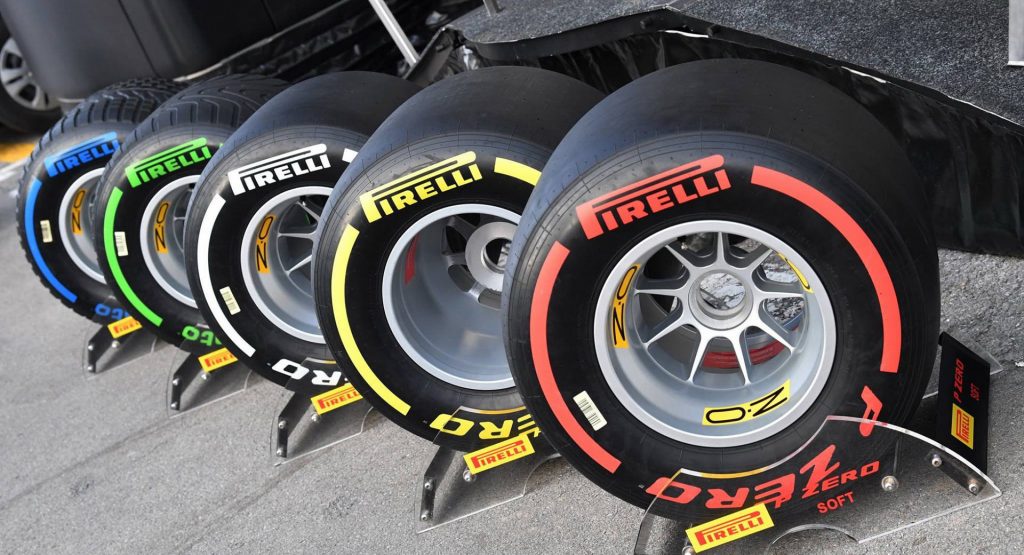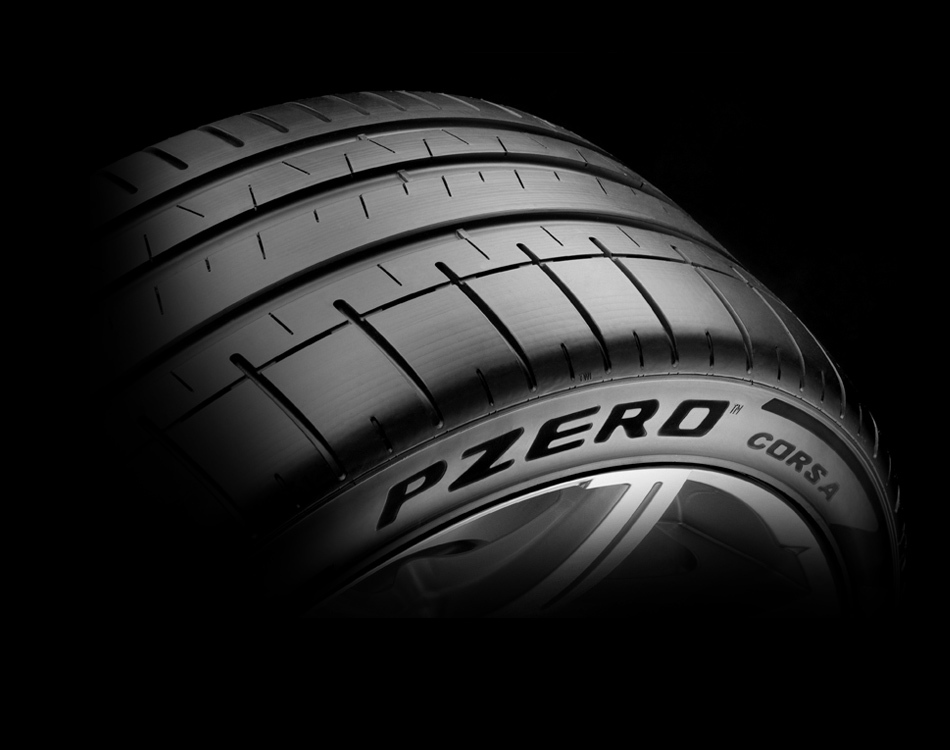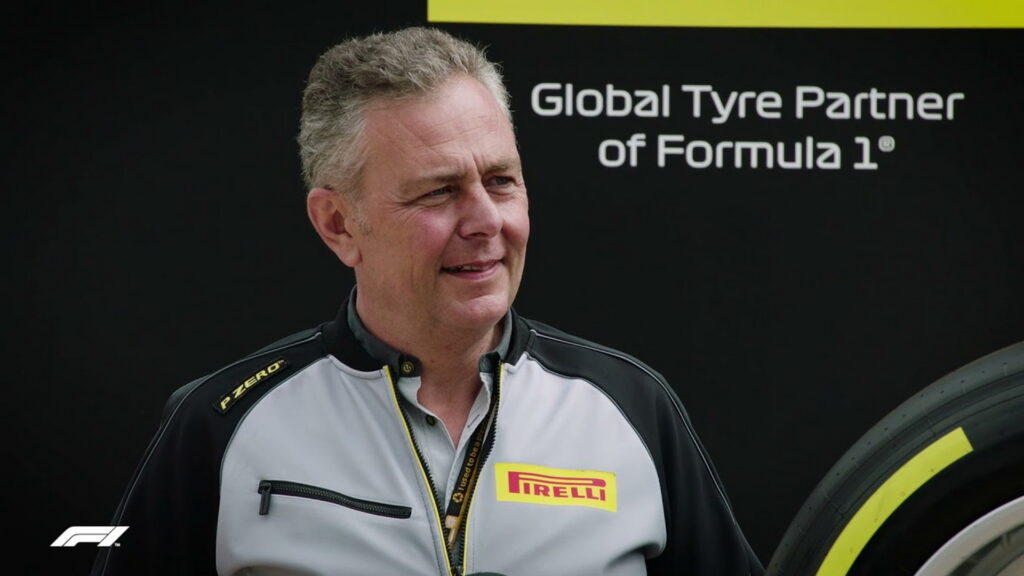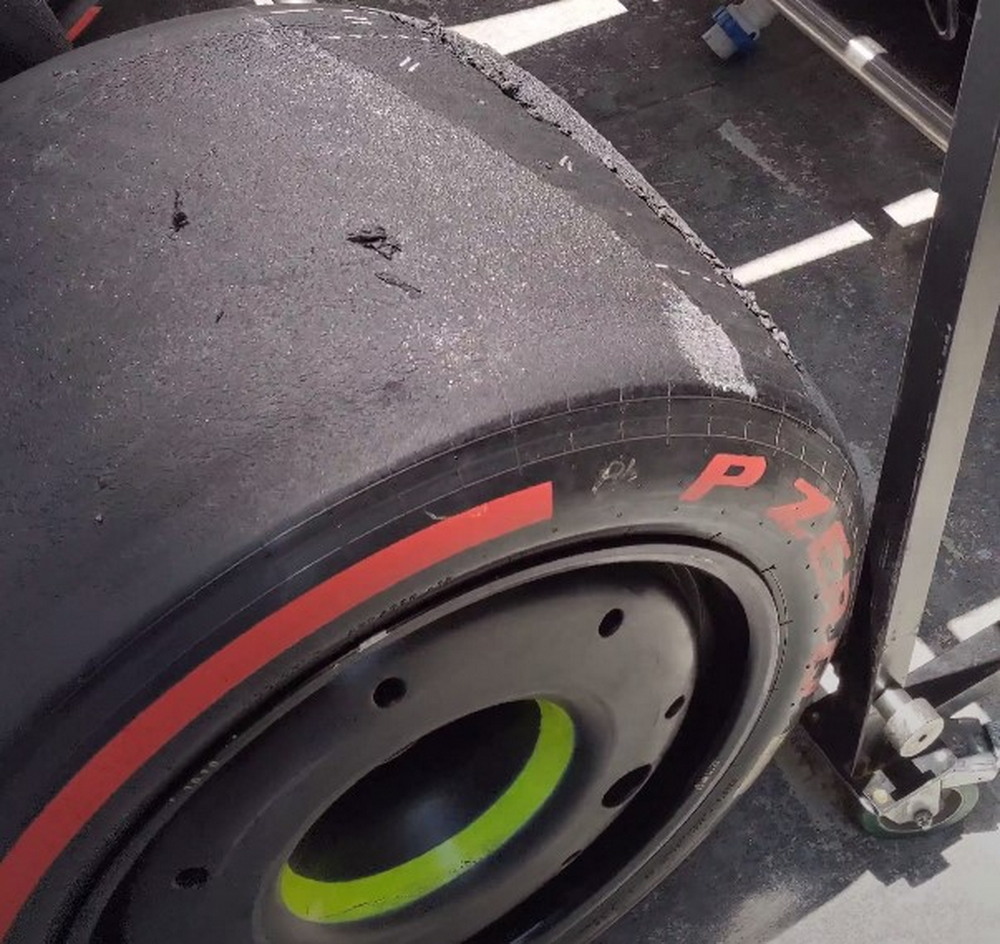Putting together a race weekend in F1 takes an almost unfathomable amount of work. A race season then takes even more effort and one of the many key components in the system is the work done by Mario Isola. He’s the Motorsport Director for Pirelli, F1’s exclusive tire supplier.
Despite the connotations such a title might inspire in the mind, Isola isn’t up in some cushy office watching his subordinates do the dirty work below during a race weekend. No, he’s right down in the trenches with them, reviewing an almost unfathomable amount of data. What he gathers from that data has an effect not just on F1 but also on the future of consumer tire technology. We sat down with Isola at the Miami Grand Prix for a short interview on his work and that relationship.
CS: What aspect of F1 tire technology doesn’t get enough attention?
MI: Sometimes it is difficult to explain exactly what we are doing. And it is difficult to explain to people how fast and how much stress these cars are putting on the tires… when I see the data on the load speeds and this kind of stuff it’s impressive.

Formula 1 teams are the most demanding, as I found in my 20-plus years experience in motorsport. They are looking for any gram of the car. They are looking for any small difference. And clearly, being the sole supplier means that we need to supply exactly the same tire to everybody… the same service… [the] same level of information, we cannot give an advantage to anybody so we have a very detailed process during the weekend.
CS: What happens when two teams give you conflicting data about the tire performance either in the real world or in simulations with the tire?
MI: We double-check the data that we receive without giving them information, but just saying [to the team] can you please double-check this? Obviously, they are clever. So they understand that, if we ask for clarification, it means that there is something that is not 100% confirmed. And sometimes it happens that there are small mistakes in the simulation. So they come back with the right number.
Photos Stephen Rivers / Carscoops
If it is confirmed for them… the data is correct but we have one team, for example, that is seeing something different, then we exclude this team from our consideration because it can be misleading… Sometimes it happens. Especially on new circuits, it happens. Obviously, we cannot tell them “Look, you are doing something wrong” but we exclude it from our consideration and that’s an advantage that we have because we can rely on 10 different simulations from just one that can take us off road.
CS: What tech do you see being used in F1 today that will someday trickle down to consumer tires?
MI: We have a lot of technology. First of all, thanks to Formula 1, we have developed a vehicle model of a tire because these cars are mobile laboratories, there are so many sensors we receive from each car after each session more than 115 telemetry parameters.
So we can really double-check what happens on track compared to our vehicle model. When you have the technology in the company, for these techno mechanical models of the tire, then obviously [when it comes to] changing parameters you can adopt this model for all the tires.
More: Russian F1 Driver Nikita Mazepin Fights Legal Battle To Unfreeze Assets And Resume Racing
Photos Stephen Rivers / Carscoops
So we can use that to cut the number of physical prototypes that we make.. and to speed up the development… we save up to 30% of the time because clearly making physical prototypes and testing, physical prototypes on track takes a lot of time. Changing parameters from a computer and testing is much faster.
So, first technology vehicle models, then thanks to Formula 1, we have developed a production process that is quite new and automatic… robotized, so it’s much better in terms of consistency of production, we have developed a lot of new quality controls too.
CS: How does that translate to current Pirelli technology?
MI: In terms of product, the bead that we use on the [Pirelli] P Zero, the road tire is the same we use in Formula 1 because, in Formula 1, you have so much torque that you have to avoid any slip.
You cannot accept any slip between the tire and the rim. Otherwise, you start to have vibration and so on. And through that, we [worked to] optimize the shape of the bead in order to match in a perfect way with the rim.
Now with electric cars, we have a lot more weight as well that you can translate into load and you have a lot of torque. So Formula 1, in this respect is similar because you have a hybrid power unit with a lot of torque at a lot of load in that case, which is generated by downforce.










